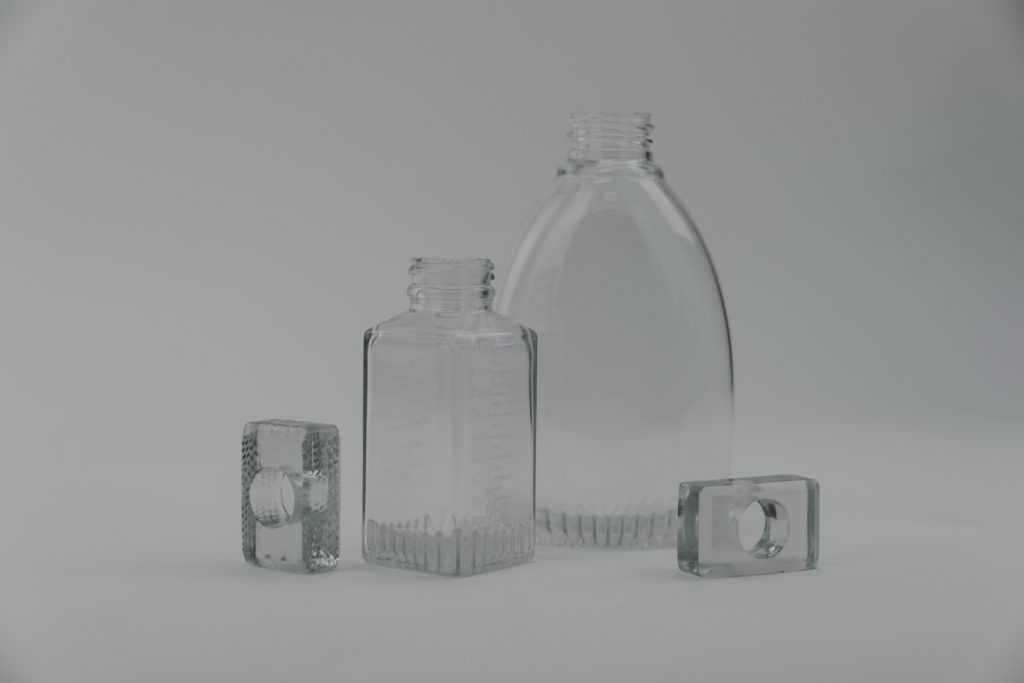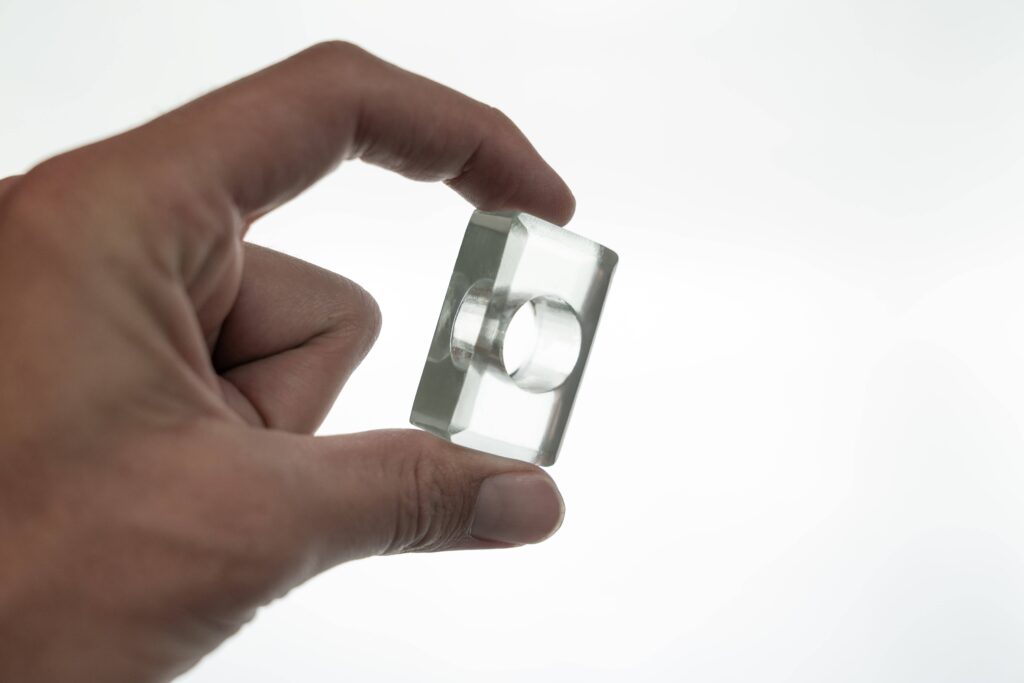

Originally published on fastradius.com on February 1, 2021
When developing 3D printed parts, engineers and product teams assess potential 3D printing materials by carefully considering their project requirements and the qualities that the finished part must possess. This process of elimination helps teams whittle down a sea of material options and zero-in on the plastic or flexible resin that will take their project to the next level. Now, Carbon Digital Light Synthesis (DLS)® customers have a new material option to add to the mix.
Carbon, the California-based additive manufacturing technology company, together with Henkel, the global adhesive and sealants conglomerate, is proud to unveil their new resin — LOCTITE 3D IND405. Here’s everything that engineers and product teams need to know about this tough, semi-rigid, and exceptionally clear 3D printing resin:
Plastic resins are created by first heating hydrocarbons during a process called “cracking,” which breaks down the larger molecules into ethylene, propylene, or another type of hydrocarbon. After the cracking process, these monomers are transformed into polymers via a process called polymerization.
The polymers are then combined into plastic resins with characteristics suitable for a variety of applications, depending on which additives have been added. Once the resin is created, it can become a usable plastic — this is done through photopolymerization in the case of IND405 and other similar resins.


LOCTITE 3D IND405 is unique because it is produced as a one-part resin, meaning the clear polymer is quickly and easily printable using Carbon DLS.
LOCTITE 3D IND405 is a clear, durable, and impact-resistant one-part material with high elongation and an outstanding surface finish. Property-wise, its unique performance attributes make it comparable to an unfilled thermoplastic like polypropylene.
Mechanical specifications for IND405 include:
This material’s stiffness and toughness makes it suitable for a wide range of applications, including fluid ducts and fluid analysis devices, surgical guides, small kitchen appliances, lens prototypes, enclosures, and housings.
LOCTITE IND405 is also ideal for manufacturing jigs and fixtures. In some cases, engineers need to see into jigs to ensure that everything is in place during manufacturing, and this 3D printing material offers the transparency they need.
Carbon and Henkel developed LOCTITE 3D IND405 in direct response to customer feedback. Engineers wanted an easy-to-use on-part 3D printing material that was more durable and impact-resistant than its counterparts, and suitable for a wider range of applications. Designers wanted a transparent resin that was truly clear and offered increased design flexibility. LOCTITE 3D IND405 delivers on all of these fronts and represents the latest in a long line of innovative materials for additive manufacturing.
There’s a lot for engineers, designers, and product teams to like about LOCTITE 3D IN 405. It’s tough, versatile, and gives end-parts a crystal clear finish that’s unmatched by other 3D printing materials on the market today.
Still, product teams shouldn’t jump into material selection without doing their due diligence. With the help of an experienced manufacturing partner, this process becomes a lot easier.
SyBridge is the manufacturing partner of choice for product teams building cutting-edge products with the latest 3D printing materials. We have years of experience working with a wide breadth of innovative materials for additive manufacturing, and our team of engineers, design consultants, and advisors can guide your team through the material selection process to ensure you deliver superior products each and every time.
We’re eager to see what our customers will make possible with this new material. Contact us if you’d like to try it for your next project.
Forget typical cycle times. We're pushing the boundaries of conformal cooling. While traditional approaches deliver…
Forget typical cycle times. We're pushing the boundaries of conformal cooling. While traditional approaches deliver…
From left to right: Brayden Janak (apprentice); Logan Vifaquain (CNC machining, Programming and CMM); Ron…
SyBridge Technologies is proud to announce we have been awarded the 2023 General Motors Supplier…
Today, designers and engineers are accustomed to working with digital tools in their day-to-day jobs.…
Optimizing Your Injection Molding Process for Cost-Effective Manufacturing Excellence In today’s competitive landscape, manufacturers are…